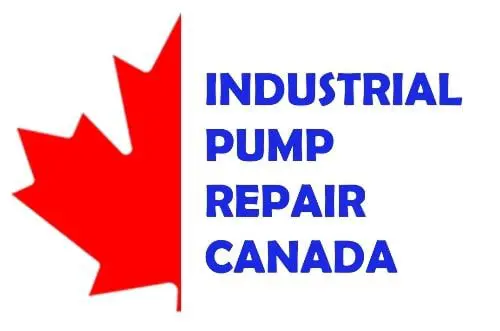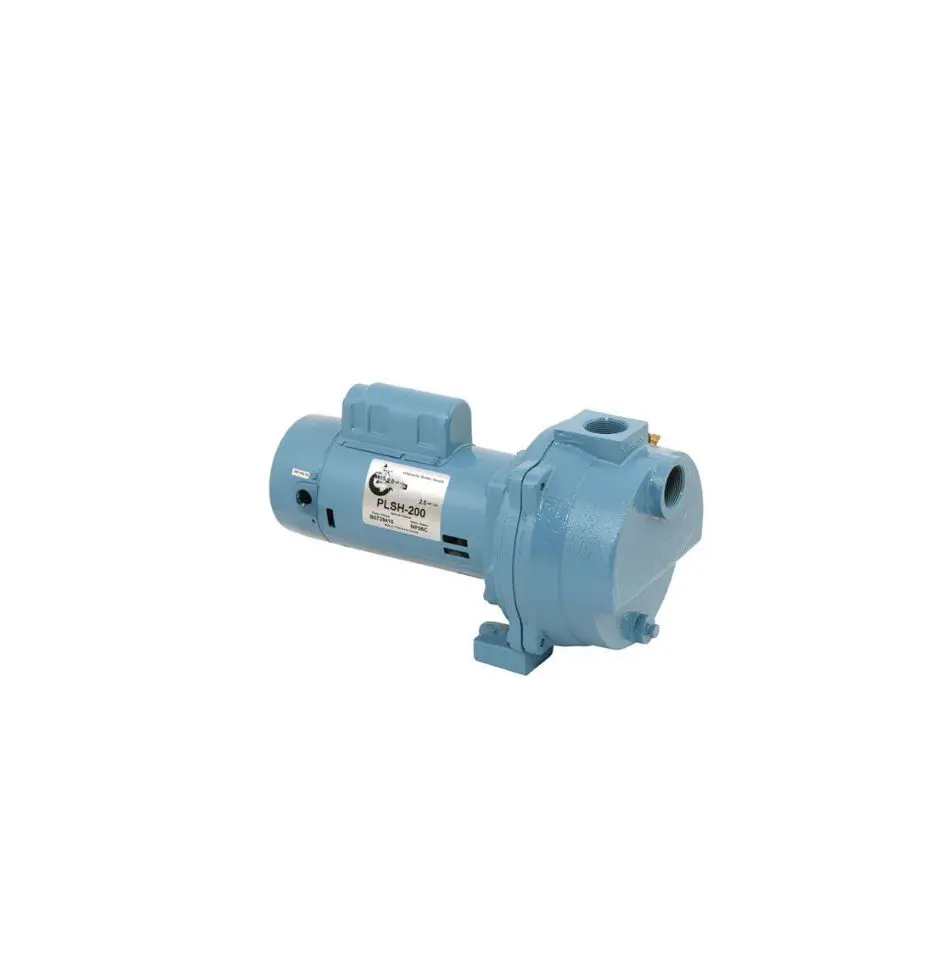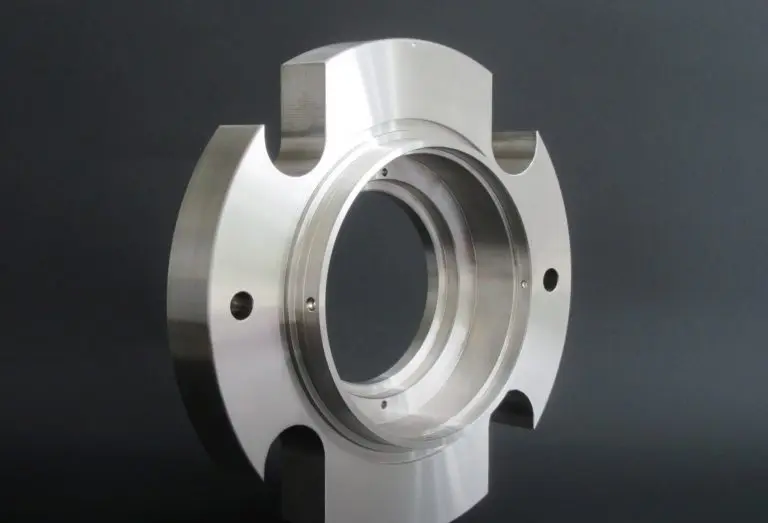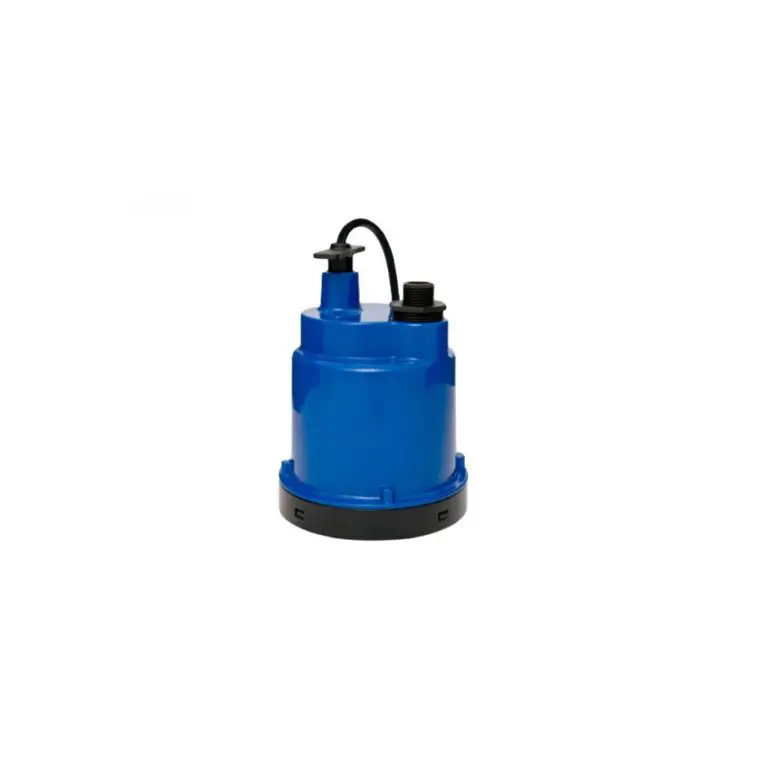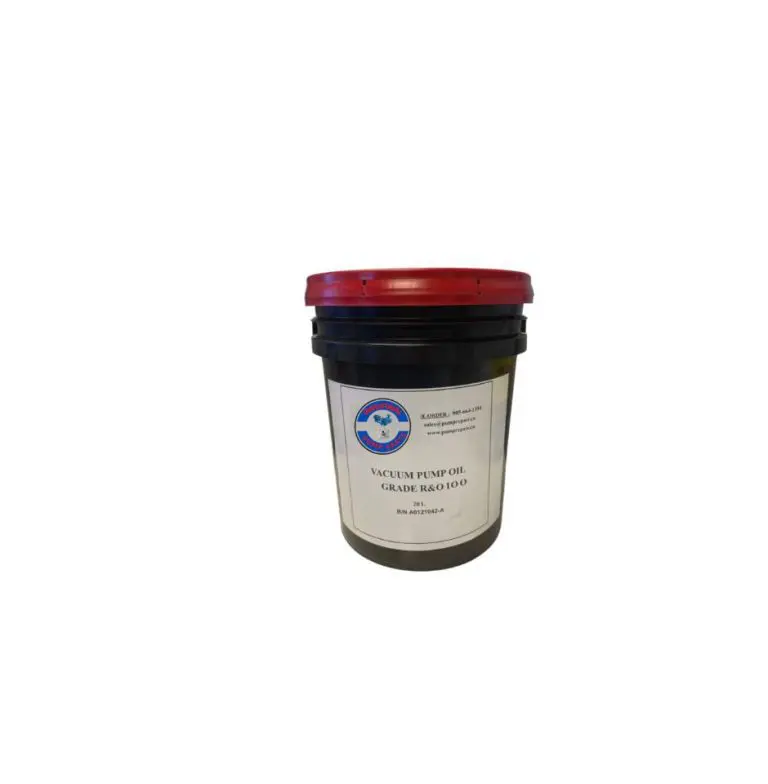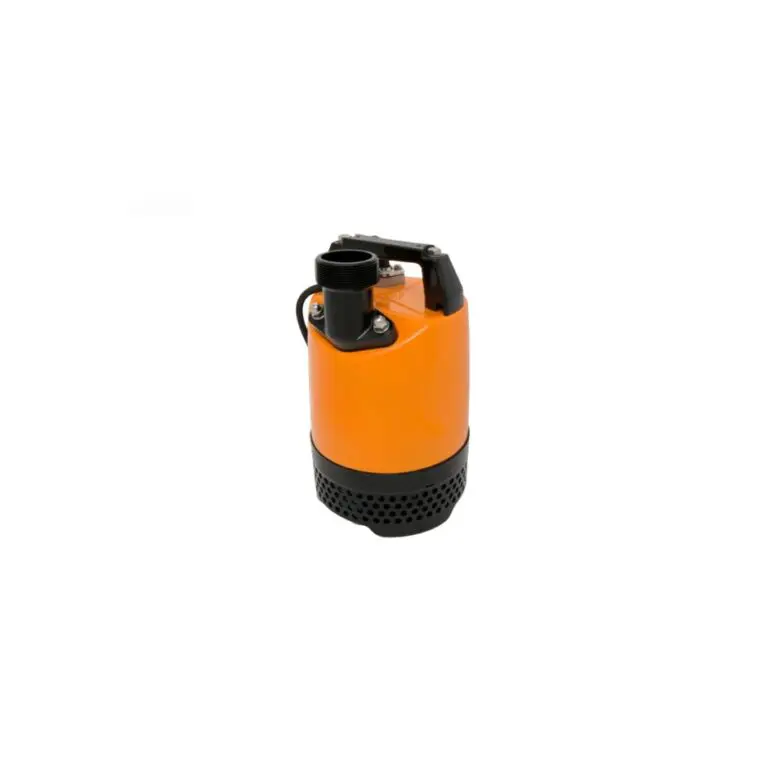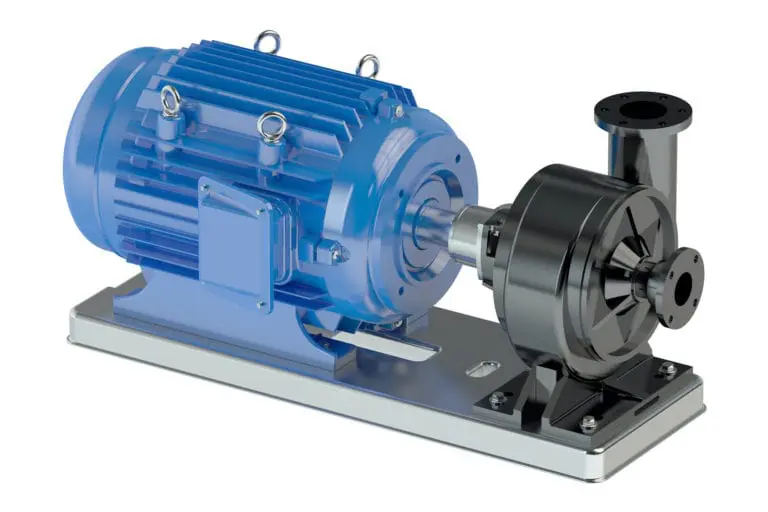Essential Tips for Watering Pump Repair and Maintenance
A reliable watering pump is essential for maintaining lush gardens and landscapes. To ensure its optimal performance and longevity, regular repair and maintenance are crucial. In this blog post, we will discuss valuable tips and guidelines for watering pump repair and maintenance. By following these practices, you can extend the lifespan of your pump, prevent breakdowns, and ensure efficient water distribution for your plants.
Understanding Common Watering Pump Issues
Identifying common problems that watering pumps may encounter is the first step in effective repair and maintenance. Low water pressure, motor malfunctions, leaks, and clogging are some of the issues that can affect pump performance. Low water pressure can hinder proper irrigation, while motor malfunctions may cause the pump to stop working altogether. Leaks can lead to water waste and potential damage to the pump or surrounding areas. Clogging, often caused by debris or sediment, can impede water flow and reduce pump efficiency. Recognizing these problems early on allows you to address them promptly and prevent further damage.
Regular Cleaning and Inspection
Cleaning and inspecting your watering pump on a regular basis are essential maintenance practices. Start by disconnecting the pump from its power source and ensuring all moving parts are stationary. Remove any debris or sediment that has accumulated in the pump or intake screen. Clean the impeller and check for signs of wear or damage. Inspect the pump’s intake and discharge valves for proper functioning, and replace any faulty parts as necessary. Additionally, examine the motor for any signs of wear, such as frayed wires or burnt smells. By keeping your pump clean and conducting routine inspections, you can ensure optimal performance and early detection of potential issues.
Lubrication and Sealing
Proper lubrication of your watering pump’s moving parts is crucial for smooth operation and reduced friction. Consult the manufacturer’s guidelines to identify the appropriate lubricants for your specific pump model. Commonly lubricated areas include bearings, motor shafts, and seals. Apply the lubricant as recommended, ensuring even coverage and avoiding over-lubrication. Regular lubrication not only helps extend the life of your pump but also reduces noise and energy consumption. Seals are another critical component of the pump that should be inspected and replaced if worn or damaged. Damaged seals can lead to water leaks, so regular checks and replacements are necessary to maintain pump efficiency.
Adjusting Water Pressure and Flow Rate
Maintaining the appropriate water pressure and flow rate is essential for efficient irrigation and pump longevity. Adjusting the pressure switch, pressure regulators, or other control mechanisms allows you to control the water output to match the needs of your garden or landscape. Ensure the pressure is neither too high nor too low, as excessively high pressure can strain the pump and irrigation system, while insufficient pressure may result in inadequate water distribution. Refer to the pump’s manual or consult a professional to learn how to adjust the pressure and flow rate settings based on your specific pump model.
Checking Electrical Connections
Watering pumps often rely on electrical connections for power supply. Regularly checking these connections ensures that the pump receives adequate power and operates smoothly. Start by disconnecting the pump from its power source and inspecting the wiring, connectors, and switches for any signs of damage or loose connections. Secure any loose wires or connectors and replace damaged components as necessary. When working with electrical components, always prioritize safety and take the necessary precautions, such as wearing protective gear and following proper electrical procedures. If you are unsure about electrical work, consult a professional for assistance to avoid any potential hazards.
Seasonal Maintenance and Winterization
Seasonal maintenance is particularly crucial before periods of inactivity or extreme weather conditions, such as winter. Proper winterization prevents freezing and damage to the pump and its internal components. Begin by disconnecting the pump from its power source and draining any remaining water from the system. Remove any detachable parts, such as hoses or fittings, and clean them thoroughly before storing them in a dry and safe place. Inspect the pump for any signs of damage or wear and address them before storing it. If necessary, apply a protective coating or cover to shield the pump from harsh weather conditions. During the offseason, periodically check the pump for any potential issues and perform basic maintenance tasks to ensure it is in good working condition when the watering season resumes.
When to Seek Professional Assistance
While many repair and maintenance tasks can be performed by homeowners, there may be instances when professional assistance is necessary. If you encounter complex issues or are unsure about specific repairs, it is advisable to consult a professional. They have the expertise, experience, and specialized tools to accurately diagnose and effectively repair any problems with your watering pump. Additionally, professionals can provide valuable guidance and recommendations for optimizing the performance and efficiency of your pump.
Conclusion
Regular repair and maintenance are essential for the proper functioning and longevity of your watering pump. By understanding common issues, regularly cleaning and inspecting the pump, lubricating moving parts, adjusting water pressure, checking electrical connections, and conducting seasonal maintenance, you can ensure optimal performance and extend the lifespan of your pump. Remember to follow manufacturer guidelines, prioritize safety, and consult professionals when needed. By implementing these tips and guidelines, you can enjoy efficient water distribution, thriving plants, and a well-maintained watering pump for years to come.
